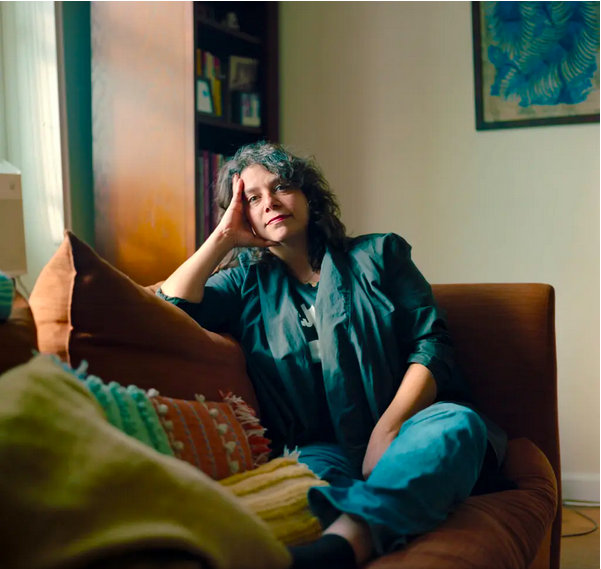Click here to read the full article in the New York Times
By Katherine Rosman and Eliza Shapiro
To mark the return of Israeli hostages and the truce in Gaza this week, Charly Jaffe gathered with friends in Brooklyn for hummus, labneh and fried halloumi from a neighborhood Israeli restaurant. They toasted “l’chaim” — “to life” — with a shot of arak, a liquor from the Middle East, to honor the lives saved and memorialize those lost, both Israelis and Palestinians.
“It feels like a very Jewish thing,” Ms. Jaffe, 35, said, “to have celebration and grief all at once.”
It has been a week of complex emotions for Jews across New York — a city with the largest Jewish population outside the Middle East, and where cultural, religious and familial ties to Israel run deep.
Many Jewish New Yorkers have spent the past two years consumed by a war more than 5,000 miles away and in various ways have been altered by it. For some, it has deepened their relationship to their religious traditions and their emotional and spiritual connection to Israel. Others have found themselves horrified by Israel’s conduct in the war against Hamas. Many have become newly politicized — in multiple directions.
Across the city, Jews have also been unnerved by a rise in antisemitism and by rifts among longtime friends who disagree over the war. Within some families, divides have rarely felt more pronounced.
Audrey Sasson, who runs the New York-based Jews for Racial & Economic Justice, said she has found refuge in the leftist Jewish community she has helped build and has been heartened by seeing more Jews speaking out against what she calls “a genocide” in Gaza.
“It was incredibly painful to watch our history, our symbols, our traditions be exploited for the atrocities that the Jewish state, that Israel was committing,” said Ms. Sasson, 49.
